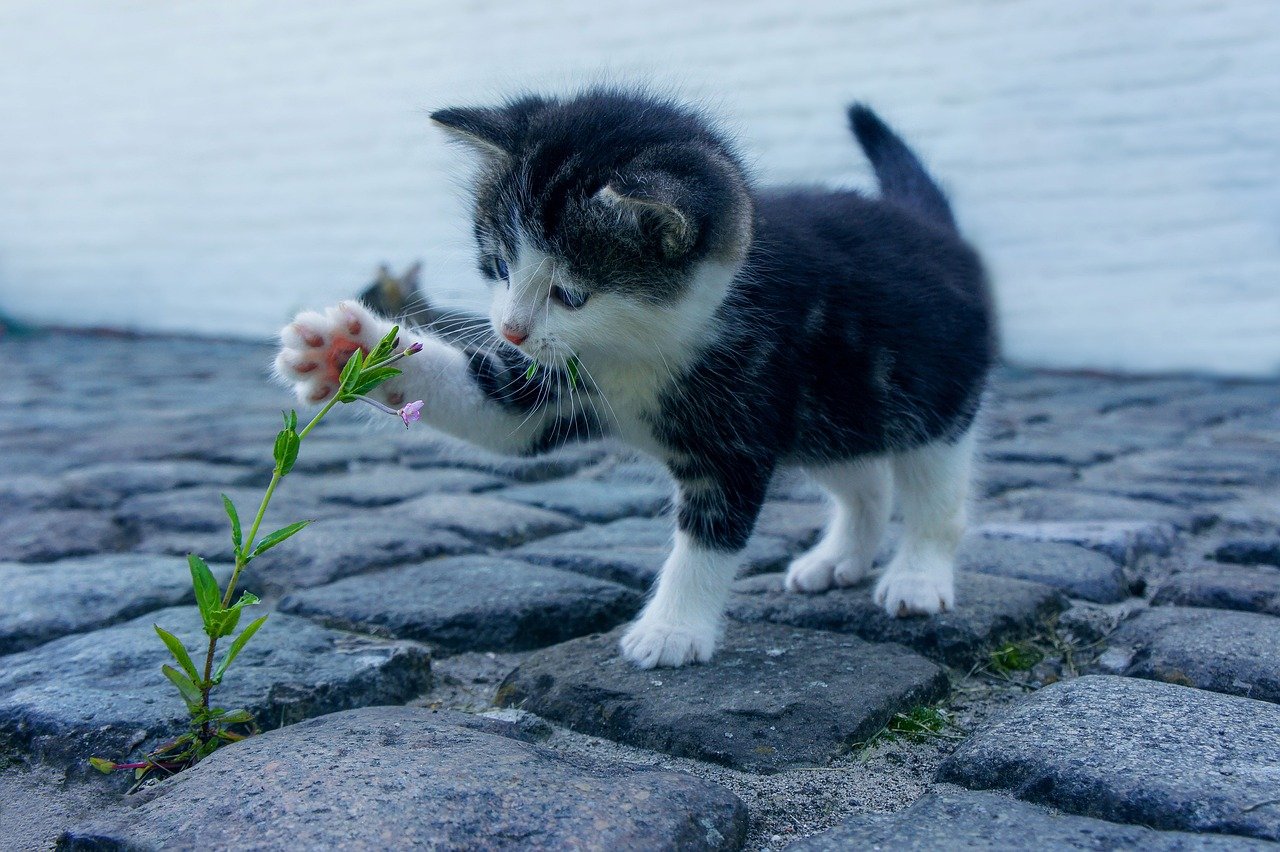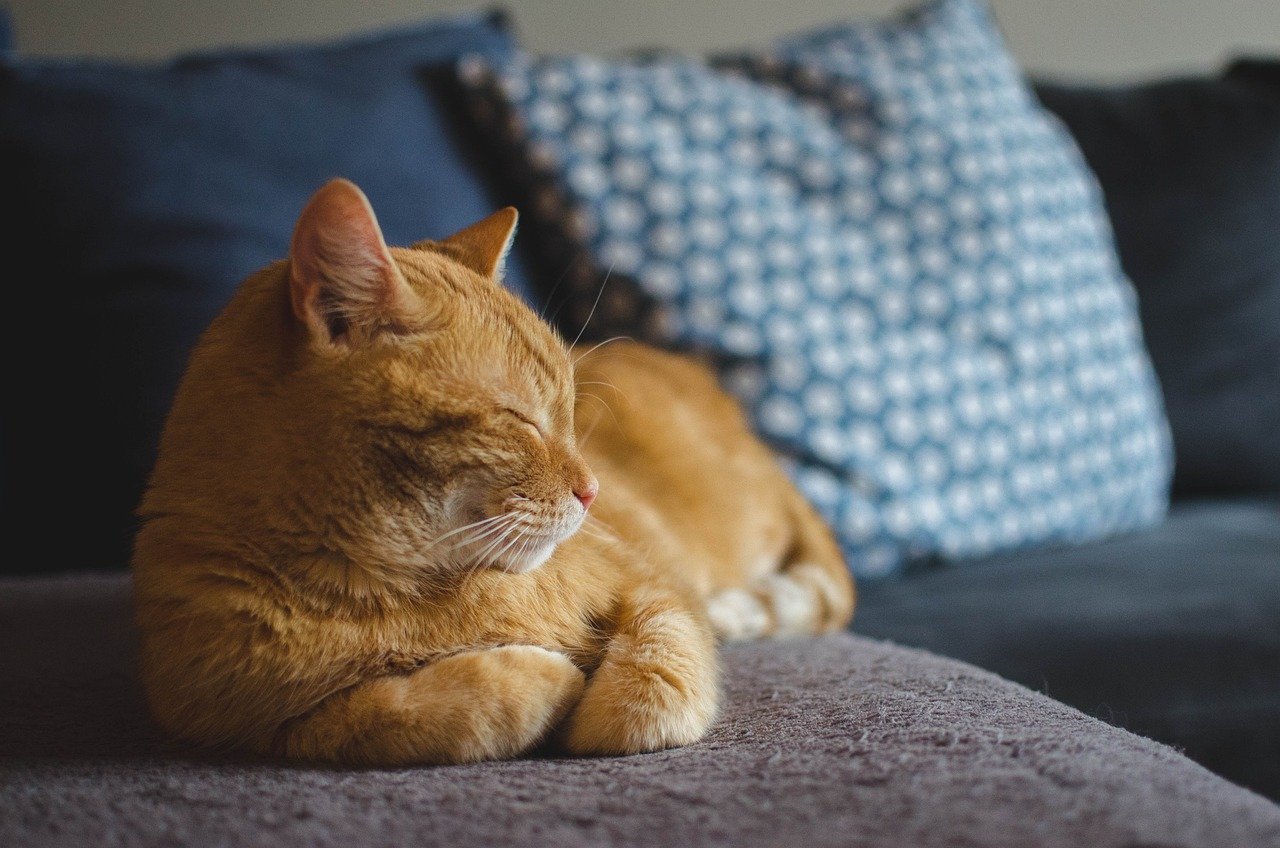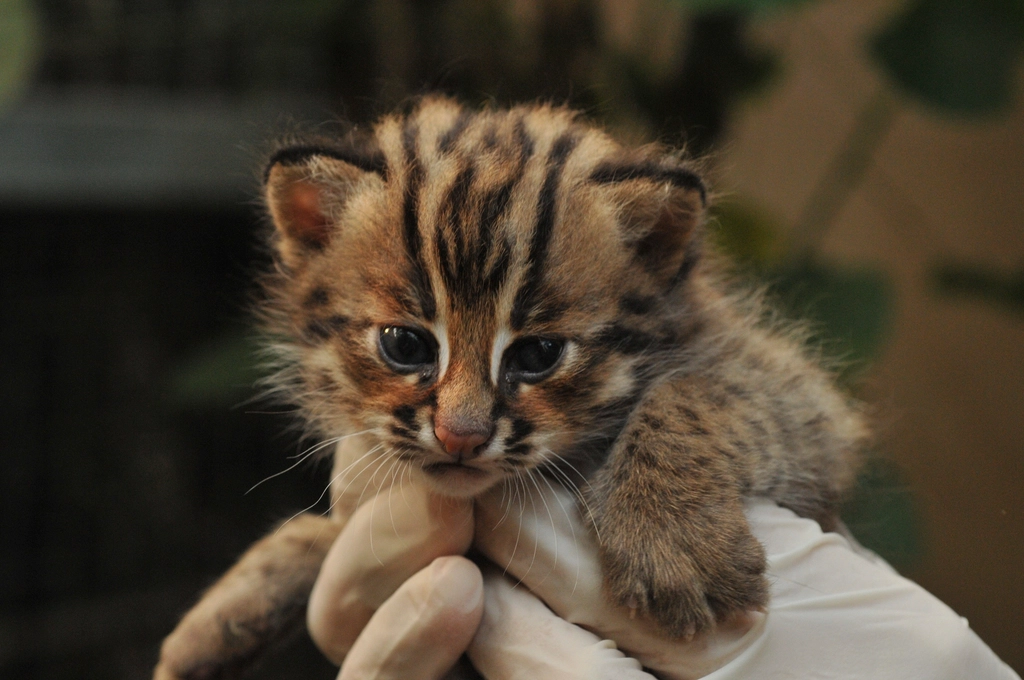Has your cat ever turned her nose up at dinner, just as you thought you’d found the perfect meal? It’s surprising how something as simple as switching a bowl of kibble can send ripples through your whole relationship. For cat lovers, the bond with their feline friend runs deep—so when a change in diet throws things off, it feels personal. Let’s dive into the fascinating ways switching your cat’s food might shake up your emotional connection, and what you can do to keep your bond purring along.
Understanding Your Cat’s Trust

Cats are creatures of habit, and routine makes them feel safe. When you change their food suddenly, it can shake their sense of trust—not only in what’s in their bowl, but in you as their caregiver. This trust is built over time through familiar smells, tastes, and the comfort of predictable routines. If a cat suddenly finds an unfamiliar scent or flavor, she may become suspicious or anxious, which can create a distance between you. Watching your cat hesitate or walk away from her meal can feel like rejection, even though it’s just her instinct at work. The key is to recognize that trust is delicate, and any change—especially one involving food—can unsettle your furry friend more than you might expect.
The Role of Routine in Feline Happiness

Routine isn’t just about convenience; it’s a cornerstone of feline happiness. Cats thrive on consistency, from the time of day they eat to the type of food they receive. Swapping out their usual meal disrupts this routine, potentially causing stress or confusion. You might notice your cat acting aloof, hiding more often, or even displaying unwanted behaviors as she tries to make sense of the change. In turn, you could feel frustrated or guilty, which can put a strain on your relationship. Maintaining a steady routine, even when introducing new food, helps preserve your emotional bond and reassures your cat that all is well in her world.
How Cats Communicate Displeasure

If you’ve ever felt judged by your cat’s icy stare after a meal switch, you’re not imagining it. Cats have their own ways of expressing displeasure, from turning their back to vocal protests or even refusing to eat altogether. These reactions aren’t just about the food—they’re a form of communication. Your cat is telling you, in her own way, that she’s uncomfortable or unhappy with the change. This can make you feel like you’ve let her down, even though your intentions were good. Understanding these subtle signals helps you respond more empathetically, strengthening the bond between you and your cat.
Anxiety and Appetite: The Emotional Connection

A sudden change in diet can trigger anxiety in cats, which often shows up as a loss of appetite. You may notice your cat pacing, hiding, or avoiding her food bowl entirely. This anxiety doesn’t just affect her—it can leave you worried and upset, wondering if you’ve done something wrong. The emotional tension can be palpable in your home, with both you and your cat feeling unsettled. By recognizing the link between food changes and anxiety, you can approach the transition with more patience and understanding, helping both of you feel more secure.
The Power of Scent and Memory

For cats, scent is everything. Their keen sense of smell helps them recognize their food, their territory, and even their human companions. When you change your cat’s food, you’re not just offering a new flavor—you’re introducing a completely new scent profile. This can be confusing or even alarming for your cat, who relies on scent for comfort and familiarity. If the new food doesn’t smell right, she may associate it with something negative, which can affect how she feels about mealtime—and about you. Taking time to introduce new scents gradually can help preserve the positive memories your cat associates with feeding time.
Mealtime as a Bonding Ritual

Feeding time is more than just a practical task—it’s a daily ritual that strengthens the bond between you and your cat. When you change her food, you’re altering this ritual, which can disrupt the emotional connection you share. Your cat looks forward to the comfort and pleasure of a familiar meal, and the act of feeding is a way for you to show care and affection. If this changes suddenly, your cat may feel unsure of your intentions, and you may miss the sense of closeness that comes with a shared routine. By making mealtime a gentle, positive experience, you can help maintain your special bond.
Trust Issues and Feeding Behavior

When a cat refuses to eat new food, it’s often a sign of mistrust—not just of the food, but of the situation. She might wonder if something is wrong or if you’re trying to trick her. This can lead to a breakdown in the trust you’ve worked so hard to build. Feeding behavior becomes a dance of negotiation, with your cat testing boundaries and you trying to reassure her. If she senses your own anxiety or frustration, she’ll pick up on those emotions, which can make things even more complicated. Patience and consistency are key to rebuilding trust when making dietary changes.
Physical Discomfort and Emotional Fallout

Sometimes, a new food doesn’t agree with your cat’s stomach, leading to digestive upset like vomiting or diarrhea. This physical discomfort can create negative associations with both the food and the act of feeding. Your cat might become wary of eating or start to avoid you during mealtimes, fearing a repeat of the unpleasant experience. As a cat parent, it’s heartbreaking to see your pet uncomfortable, and you might feel guilty for causing her distress. These emotions can cloud your interactions, making it harder to rebuild the happy, relaxed bond you once shared.
Reading Your Cat’s Body Language

Cats are masters of subtle communication, and their body language can tell you a lot about how they’re feeling. If your cat approaches her bowl cautiously, sniffs and backs away, or flicks her tail in irritation, she’s trying to tell you something isn’t right. You may also notice flattened ears, dilated pupils, or a hunched posture—all signs of stress or discomfort. By paying attention to these cues, you can adjust your approach and help your cat feel more at ease. Learning to read your cat’s body language deepens your understanding and strengthens your emotional connection.
Gradual Transition: A Gentle Approach

Experts recommend transitioning to new cat food slowly, mixing increasing amounts of the new food with the old over a week or more. This gentle approach allows your cat’s digestive system to adapt and gives her time to accept the new flavors and textures. Gradual change also minimizes stress, making your cat more likely to continue trusting you as her provider. Taking it slow shows respect for your cat’s preferences and helps maintain the positive emotional bond you share. Rushing the process, on the other hand, can backfire and damage the trust you’ve built.
Positive Reinforcement During Food Changes

When you introduce a new food, pairing it with positive reinforcement—like gentle praise, petting, or a favorite treat—can help your cat make happy associations with the change. This technique shows your cat that you’re still the source of good things, even when her food is different. Positive reinforcement can ease the transition and reassure your cat that she’s safe and loved. Over time, she’ll learn to trust that changes aren’t always scary, which can strengthen your bond in the long run.
Dealing With Picky Eaters

Some cats are famously finicky, making any change in food a potential minefield. A picky eater may refuse to touch new food, leaving you anxious and frustrated. This can turn mealtime into a battleground, with both sides feeling misunderstood. Understanding that pickiness is often rooted in anxiety or a need for control can help you approach the situation with empathy. Offering choices, being patient, and celebrating small victories can turn the challenge into an opportunity to deepen your bond.
Emotional Contagion: How Your Mood Affects Your Cat

Cats are incredibly sensitive to their human’s emotions. If you’re stressed, worried, or frustrated about your cat’s reaction to new food, she’ll often pick up on those feelings. This “emotional contagion” can amplify her own anxiety, creating a cycle that’s hard to break. On the flip side, approaching food changes with calm confidence can help reassure your cat. By managing your own emotions, you can set a positive tone and help your cat feel more secure during transitions.
Celebrating Small Successes Together

Every time your cat tries a new food, even if it’s just a nibble, it’s a small victory worth celebrating. Sharing these moments—through a gentle word, a happy smile, or extra cuddles—can turn a stressful transition into a bonding experience. Celebrating together reinforces your connection and makes your cat feel supported. Over time, these shared successes build a foundation of trust and affection that can withstand future changes.
The Importance of Patience and Understanding

Changing your cat’s food is rarely a smooth process, and it’s easy to become impatient or discouraged. But patience is essential for maintaining your emotional bond. Giving your cat time to adjust, and responding with understanding rather than frustration, shows her that you respect her feelings. This patience isn’t just good for your cat—it’s good for you, too, helping you cultivate empathy and a deeper appreciation for your feline companion.
When Health Needs Drive Change

Sometimes, a change in diet is necessary for your cat’s health, whether it’s due to allergies, weight issues, or other medical conditions. These changes can be especially challenging, as they may feel forced or urgent. It’s natural to worry about how your cat will react or whether she’ll feel betrayed by the change. Framing the transition as an act of care and compassion can help both you and your cat adjust emotionally. Remember, your goal is to keep her healthy and happy, even if it means weathering a few bumps along the way.
Seeking Support: You’re Not Alone

If you’re struggling with a difficult food transition, remember that you’re not alone. Many cat parents have faced the same challenges, and sharing your experiences can be comforting. Online forums, pet groups, or even conversations with your veterinarian can provide valuable advice and emotional support. Sometimes, just knowing that others have been there makes the journey a little easier. Reaching out for help is a sign of strength, not failure.
When to Consult a Veterinarian

If your cat refuses to eat for more than 24 hours, or shows signs of illness after a food change, it’s time to consult a veterinarian. Loss of appetite can lead to serious health problems, especially in cats. Your vet can help you determine if there’s an underlying issue and guide you through a safe transition. Involving a professional shows your commitment to your cat’s well-being and can help preserve your emotional connection during challenging times.
Strengthening the Bond Through Shared Experiences

Every challenge you overcome with your cat—whether it’s a new food or a change in routine—becomes part of your shared story. These experiences can actually strengthen your bond, teaching you both resilience, trust, and patience. Looking back, you may realize that the bumps in the road brought you closer together. Embracing these moments as opportunities for growth can transform even the toughest transitions into lasting memories.
Listening to Your Cat’s Preferences

Ultimately, your cat’s preferences matter. Paying attention to what she likes and dislikes, and respecting her individuality, is a powerful way to show love. Sometimes, the best food is the one she’ll actually eat—no matter what the label says. Listening to your cat, honoring her choices, and adapting as needed will help keep your emotional bond strong, no matter what changes come your way.
Hi, I’m Bola, a passionate writer and creative strategist with a knack for crafting compelling content that educates, inspires, and connects. Over the years, I’ve honed my skills across various writing fields, including content creation, copywriting, online course development, and video scriptwriting.
When I’m not at my desk, you’ll find me exploring new ideas, reading books, or brainstorming creative ways to solve challenges. I believe that words have the power to transform, and I’m here to help you leverage that power for success.
Thanks for stopping by, Keep coming to this website to checkout new articles form me. You’d always love it!






